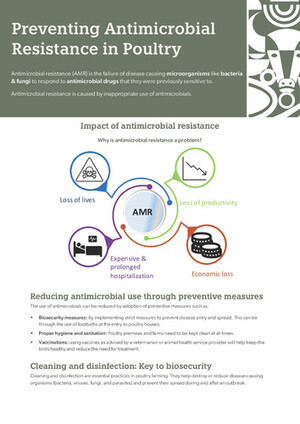
One Health genomic epidemiology of antimicrobial resistant Escherichia coli carriage in sympatric humans and livestock in Nairobi, Kenya [Correspondence]
Abstract
Livestock have been proposed as a reservoir for antibiotic resistant (AMR) bacteria and AMR genetic determinants that may infect humans, yet quantitative evidence regarding their epidemiological role remains lacking. We used a combination of genomics, epidemiology and ecology to investigate patterns of AMR carriage in Escherichia coli, regarded as a sentinel organism. We conducted a structured epidemiological survey of 99 households across Nairobi, Kenya and cultured E. coli from 315 human and 594 livestock faecal samples. We detected high rates of AMR gene carriage, 60 different acquired genes and 14 point mutations, and found that 10/74 of the genes were significantly more common in human than in livestock isolates. Further, AMR genes were not associated with host type or household location, and AMR genes frequently co-occurred, potentially enabling the acquisition of multi-drug resistance in a single step. We found that, whilst AMR gene carriage in humans was not directly associated with the presence of livestock in the household, the impact of keeping livestock on human AMR gene carriage was instead influenced by livestock-keeping practices, in particular the presence or absence of animal manure in the household. In conclusion, we did not find any evidence to support the hypothesis that the keeping of livestock is a risk factor for emergence and dissemination of AMR genes to humans in this setting. Our characterisation of AMR patterns in which co-habiting human and livestock populations were systematically sampled provides new insight into the broader epidemiology of AMR in complex and interconnected urban environments.
Citation
Muloi, D., Ward, M., Hassell, J., Bettridge, J., Robinson, T., Pedersen, A., Kang'ethe, E., Kariuki, S., Fèvre, E. and Woolhouse, M. 2020. One Health genomic epidemiology of antimicrobial resistant Escherichia coli carriage in sympatric humans and livestock in Nairobi, Kenya. Journal of Infection and Public Health 13(2): 320–321.










